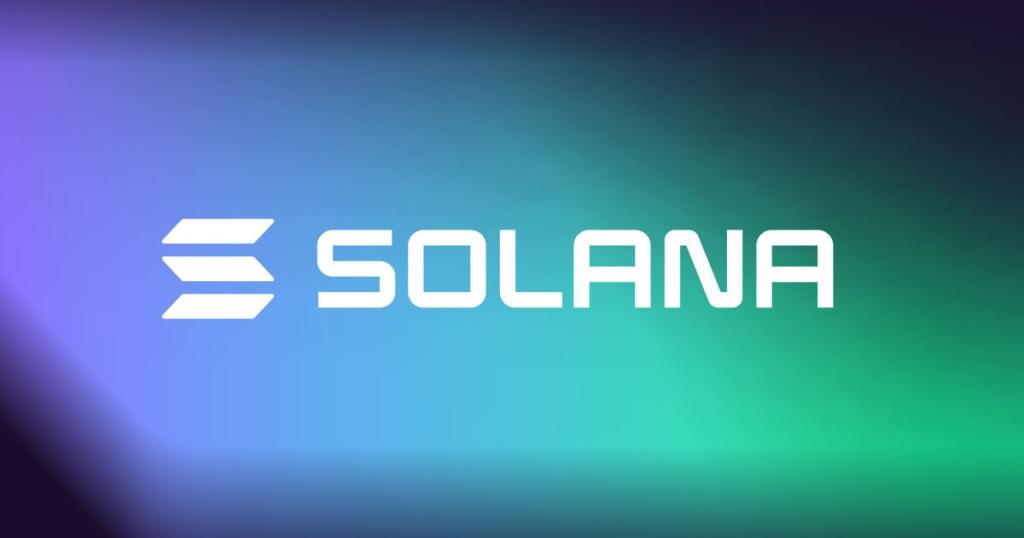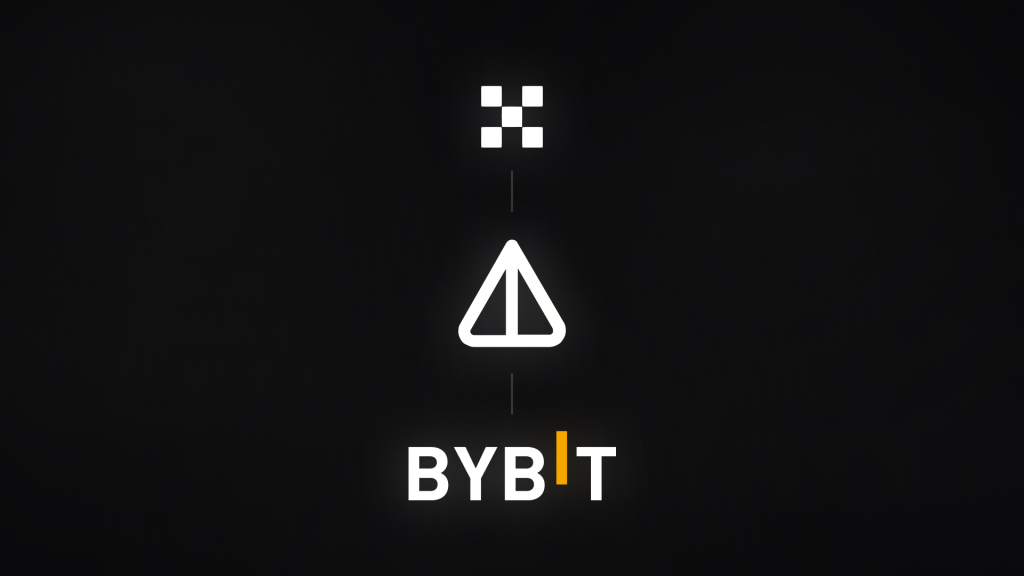Solana (SOL) is one of the most promising blockchain platforms that aims to provide fast, scalable, and secure decentralized applications (dApps). It uses a hybrid consensus mechanism that combines proof-of-history (PoH) and proof-of-stake (PoS) to achieve high throughput and low latency. Solana also supports smart contracts, interoperability, and a growing ecosystem of projects built on its network.
Solana’s native token, SOL, is used to pay for transaction fees, interact with smart contracts, and stake to secure the network. SOL has been one of the best-performing cryptocurrencies in 2021, reaching an all-time high of $260.06 on November 7, 2021.
In this article, we will analyze the current price trends and factors that may affect the future performance of SOL. We will also provide our price prediction for SOL based on technical analysis and fundamental analysis.
Technical Analysis
SOL is currently trading at $22.87 as of August 4, 2023, with a market capitalization of $9.25 billion and a 24-hour trading volume of $372.3 million. SOL is ranked as the ninth-largest cryptocurrency by market cap.
Looking at the daily chart of SOL/USD, we can see that SOL has been in a downtrend since reaching its all-time high in November 2021. SOL has formed lower highs and lower lows, indicating a bearish trend. The price has also been trading below the 50-day and 200-day simple moving averages (SMAs), which act as dynamic resistance levels.
However, there are some signs of a possible reversal in the near future. First, SOL has bounced from the support zone around $23.50, which coincides with the 78.6% Fibonacci retracement level of the entire uptrend from May 2020 to November 2021. This indicates that there is strong buying pressure at this level.
Second, SOL has broken above the descending trendline that connects the lower highs since November 2021. This suggests that the downtrend may be losing momentum and that the bulls are gaining control.
Third, SOL has formed a bullish divergence with the relative strength index (RSI), which measures the strength of the price movement. The RSI has made higher lows while the price has made lower lows, indicating that the selling pressure is weakening and that a reversal may be imminent.
Based on these technical indicators, we can expect SOL to continue its upward movement in the short term and test the resistance levels at $30 and $35. These levels correspond to the 61.8% and 50% Fibonacci retracement levels of the downtrend from November 2021 to July 2023.
If SOL can break above these levels, it may trigger a new bullish trend and target the next resistance levels at $45 and $50. These levels correspond to the 38.2% and 23.6% Fibonacci retracement levels of the same downtrend.
On the other hand, if SOL fails to break above the resistance levels at $30 and $35, it may resume its downtrend and retest the support levels at $23.50 and $20. These levels correspond to the 78.6% and 88.6% Fibonacci retracement levels of the uptrend from May 2020 to November 2021.
If SOL breaks below these levels, it may enter a new bearish phase and target the next support levels at $15 and $10. These levels correspond to the psychological round numbers and the previous lows in March 2020 and May 2020.

Fundamental Analysis
Besides technical analysis, we also need to consider the fundamental factors that may affect the demand and supply of SOL in the long term. Some of these factors are:
- The development and innovation of Solana’s technology and ecosystem
- The adoption and usage of Solana’s platform and dApps by users and developers
- The competition and collaboration with other blockchain platforms and projects
- The regulation and legislation of cryptocurrencies and blockchain technology
- The sentiment and behavior of investors and traders
Solana has been one of the most active and innovative blockchain platforms in terms of development and innovation. Solana has introduced several features and upgrades that enhance its performance, security, and functionality.
Some of these features are:
- Turbine: A block propagation protocol that reduces bandwidth requirements and latency
- Sealevel: A parallel smart contract runtime that enables concurrent execution of thousands of contracts
- Gulf Stream: A transaction forwarding protocol that eliminates the need for mempools and reduces confirmation times
- Cloudbreak: A horizontally scalable data structure that optimizes read and write performance
- Archivers: A distributed ledger storage solution that enables cheap and long-term data availability
- Pipelining: A hardware-optimized transaction processing unit that improves validation speed and efficiency
Solana has also been expanding its ecosystem of projects and partners that build and use its platform. Solana supports a variety of dApps in different sectors, such as decentralized finance (DeFi), non-fungible tokens (NFTs), gaming, social media, identity, and more.
Some of the notable projects and partners in Solana’s ecosystem are:
- Serum: A decentralized exchange (DEX) that leverages Solana’s speed and scalability to offer low fees, high liquidity, and cross-chain trading
- Audius: A decentralized music streaming platform that uses Solana’s storage and bandwidth capabilities to provide a censorship-resistant and user-owned service
- Kin: A cryptocurrency for digital content creation and sharing that migrated from Stellar to Solana to benefit from its performance and low costs
- Civic: A decentralized identity platform that integrates with Solana to offer fast and secure verification services
- FTX: A leading cryptocurrency exchange that supports Solana’s development and offers SOL trading pairs and futures contracts
Solana also faces competition and collaboration with other blockchain platforms and projects that aim to provide similar or complementary solutions. Some of these platforms and projects are:
- Ethereum: The most popular and widely used smart contract platform that hosts the majority of dApps and tokens in the crypto space. Ethereum is currently undergoing a major upgrade to Ethereum 2.0, which will transition from PoW to PoS and introduce sharding to improve its scalability and efficiency.
- Polkadot: A multi-chain platform that connects different blockchains and enables cross-chain interoperability, communication, and governance. Polkadot also supports the development of parachains, which are customized blockchains that can leverage Polkadot’s security and network effects.
- Cardano: A smart contract platform that focuses on scientific research and peer-reviewed development. Cardano is also transitioning from PoW to PoS and introducing smart contracts, native tokens, and governance features in its upcoming updates.
- Cosmos: A network of independent blockchains that use the inter-blockchain communication (IBC) protocol to exchange data and value. Cosmos also provides a software development kit (SDK) that allows developers to create custom blockchains with modular components.
Solana may collaborate or compete with these platforms depending on the use cases, goals, and preferences of the users and developers. Solana may also benefit from the network effects, innovation, and adoption of the overall blockchain industry.
Solana is also subject to the regulation and legislation of cryptocurrencies and blockchain technology by different governments and authorities around the world. Depending on the jurisdiction, Solana may face different levels of scrutiny, compliance, and enforcement.
Some of the regulatory issues that may affect Solana are:
- The legal status and recognition of SOL as a currency, commodity, security, or utility token
- The taxation and reporting requirements for SOL transactions, holdings, and gains
- The licensing and registration requirements for Solana-based projects, platforms, and services
- The anti-money laundering (AML) and counter-terrorism financing (CTF) rules and standards for Solana-based transactions and activities
- The consumer protection and investor protection measures for Solana-based users and investors
Solana may benefit from favorable regulation that promotes innovation, adoption, and integration of cryptocurrencies and blockchain technology. However, Solana may also face challenges from unfavorable regulation that restricts, bans, or penalizes cryptocurrencies and blockchain technology.
Solana is also influenced by the sentiment and behavior of investors and traders who buy, sell, hold, or trade SOL in the crypto market. Depending on the market conditions, demand, supply, news, events, trends, cycles, patterns, emotions, psychology, etc., investors and traders may have different expectations, motivations, strategies, and outcomes for SOL.
Some of the factors that may affect the sentiment and behavior of investors and traders are:
- The price movements of SOL in relation to other cryptocurrencies, especially Bitcoin (BTC) as the market leader
- The market capitalization, ranking, dominance, liquidity, volume, volatility, etc., of SOL in relation to other cryptocurrencies
- The technical analysis indicators, signals, patterns, trends, support levels, resistance levels, etc., of SOL in relation to other cryptocurrencies
- The fundamental analysis indicators, such as the development activity, network growth, user adoption, social media presence, partnerships, etc., of Solana and its ecosystem
- The news, events, announcements, rumors, speculations, etc., that may affect the public perception, reputation, and credibility of Solana and its ecosystem
- The market sentiment, mood, emotion, psychology, etc., of the crypto community and the general public towards Solana and its ecosystem
Based on these factors, investors and traders may have different levels of confidence, optimism, pessimism, fear, greed, etc., towards SOL. These factors may also create different scenarios, opportunities, risks, and challenges for SOL.
Price Prediction
Based on our technical analysis and fundamental analysis of Solana (SOL), we can make the following price prediction for SOL as of August 4, 2023:
- In the short term (1-3 months), we expect SOL to continue its upward movement and test the resistance levels at $30 and $35. If SOL can break above these levels, it may trigger a new bullish trend and target the next resistance levels at $45 and $50. However, if SOL fails to break above the resistance levels at $30 and $35, it may resume its downtrend and retest the support levels at $23.50 and $20. If SOL breaks below these levels, it may enter a new bearish phase and target the next support levels at $15 and $10.
- In the medium term (3-12 months), we expect SOL to follow the overall trend of the crypto market, which may depend on the development and adoption of Ethereum 2.0, Polkadot, Cardano, Cosmos, and other blockchain platforms. If the crypto market enters a new bull cycle, we expect SOL to benefit from its innovation and ecosystem growth and reach new highs above $50. However, if the crypto market enters a new bear cycle, we expect SOL to suffer from its competition and regulation challenges and reach new lows below $10.
- In the long term (1-5 years), we expect SOL to establish itself as one of the leading blockchain platforms that provides fast, scalable, and secure dApps for various sectors and use cases. We expect SOL to achieve mass adoption and network effects from its users and developers. We also expect SOL to overcome its competition and regulation hurdles and collaborate with other blockchain platforms and projects. Based on these expectations, we predict that SOL will reach a price range of $100-$500 by 2028.
In this article, we have analyzed the current price trends and factors that may affect the future performance of SOL. We have also provided our price prediction for SOL based on technical analysis and fundamental analysis.
We hope that this article has been informative and helpful for you. If you have any questions or feedbacks about Solana or SOL, please feel free to leave a comment below or contact us via email. Thank you for reading!
This article does not contain any financial advice. NFA. DYOR.






I believe SOL easily can reach $40 in 2023, that’s my idea ofc.
i don’t know why but solana has different place in my book, i’ll hold it since it reaches 100 dollars. thanks for the analysis btw.